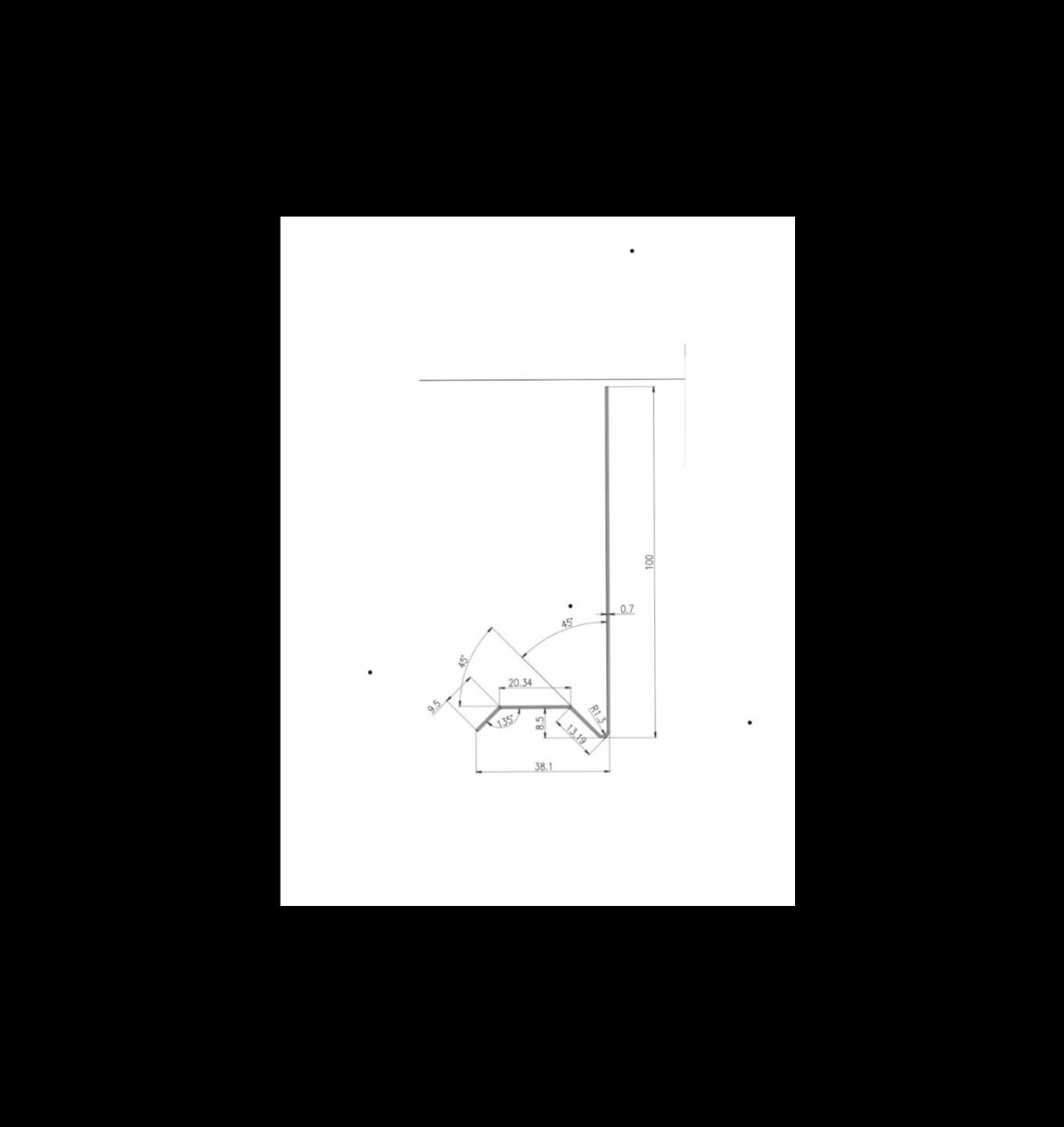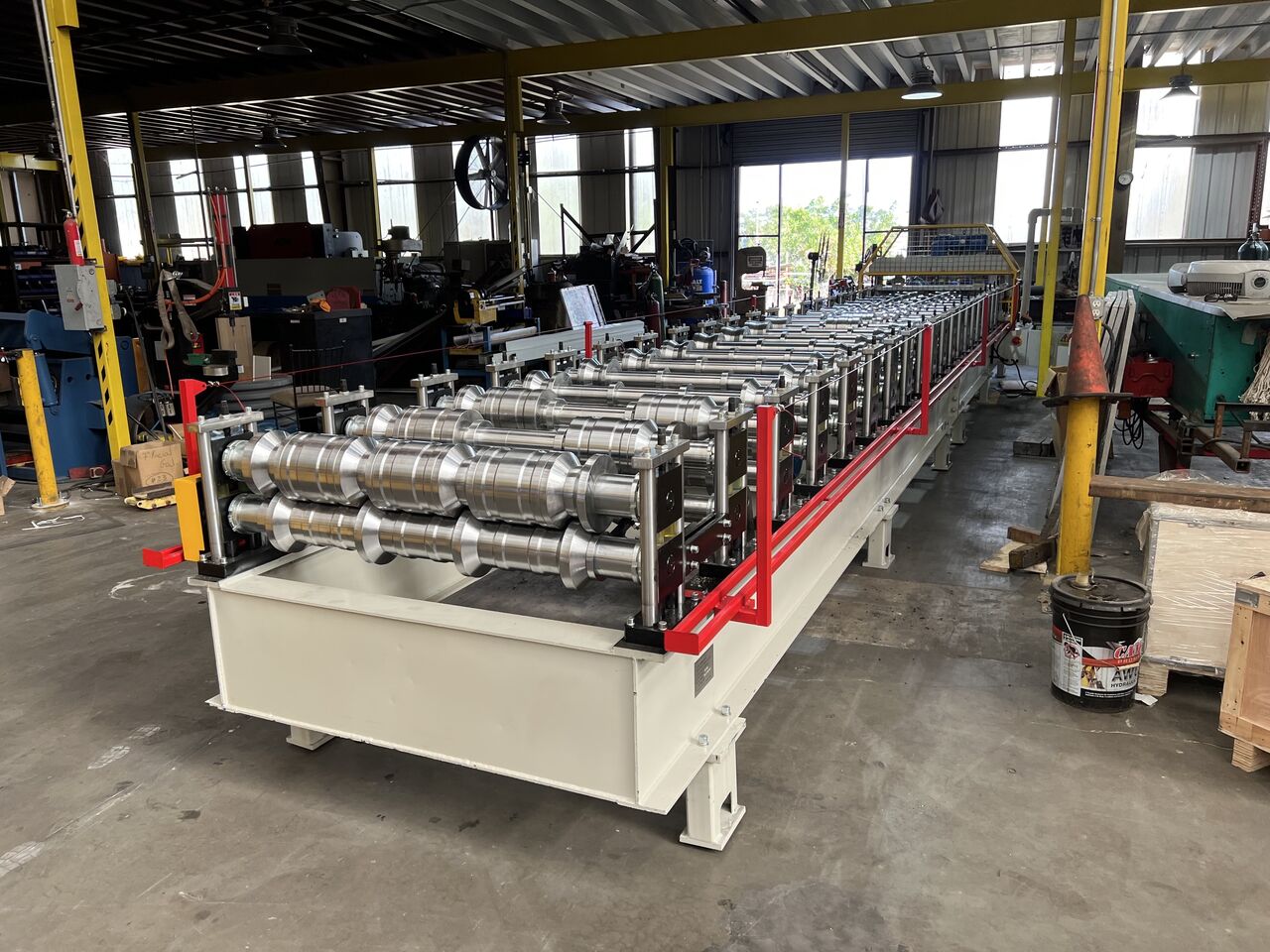
How to set up a roll-forming machine
Roll forming is a complex process. However, setting up and running your roll-forming machine doesn’t have to be.
Posted on Thursday, April 28, 2022
The ease of setup will spend on several factors. How old your machine is will play a significant part. Similarly, the tolerances required and the material used can cause issues. If, for example, the strip has a camber or curvature, this can cause inaccuracies in the end product. Good leveling, however, can minimize these occurrences.
It’s fair to say that material matters, and therefore having good purchasing practices in place is essential before we even begin to discuss machine setup if you desire to achieve consistency and accuracy in your end products.
Operators, supervisors, and technicians all need to be on the same page when it comes to machine setup and best practices. This means good communication, and learning the trade language is crucial. Understanding references to shafts, spindles, spindle hubs, and arbors, and learning how to measure the distances between these will help to clarify the role space, horizontal centers, and full vertical range.
Incorrect setup often occurs because operators cannot find the right tools. Efficient labeling and organization of the tools and spacers will help ensure that this process is much easier.
Before inserting any tools, cleaning the shafts and machine face alignment spacers should occur. Using the setup sheet as a guide, locate the first pass and insert a spacer, then insert a roll into the first pass of the machine, ensuring that the stamped ring always faces you and the numbers are positioned in sequence.
After installing the first station tools, the outboard stand should be placed on the spindles and the shaft locking nuts, installed and tightened. If loose, tighten the nuts on the inner race to ensure everything is secure. Then lock down the outboard stand using clamps of hold-down screws.
Next, the material should be measured to ensure the actual thickness is gauged. Don’t simply rely on labeling; measure this yourself to ensure total accuracy as the material may be a little thicker or thinner than stated. You can then use the feeler gauge to preset the roll tooling gap and change the distance between the upper and lower shafts.
Recording the gap between the top and bottom roll flange (both the inboard and outboard side for each pass of roll form tooling) will allow you to create a baseline setup chart.
After completing the above, you are ready to run the material into the pass, resetting the rolls as required. During this process, the material may push the top rolls away from the bottom ones, thus increasing the gap, so you may have to go back and adjust this once the material has been fed into the machine.
Make sure you document everything as you go, as this will help to ensure that any issues and adjustments are easily handled next time.
Machine maintenance is also crucial, and regular checks to ensure proper alignment will also help to ensure the accuracy of the end product every time. Roll stand adjustment screws need routine maintenance, for example, to keep them free of debris. Whenever the roll former produces an inaccurate part, the problem must be identified, isolated, and fixed immediately.
Good alignment of all parts (the machine face, shafts, spacers, and rollers) must be appropriately aligned to ensure the product shape does not get bent out of shape during the roll forming process. Excessive wear or misaligned tools are telltale signs that the alignment isn’t right. By setting up your machine correctly, committing to regular maintenance, and identifying and correcting problems swiftly, you can ensure that your machine operates efficiently, smoothly, and productively.
At Roll Forming LLC, we have a range of top-quality machines on offer, and our expert team is on hand to help with the setup process and answer any questions you have. So if you are looking for a roll-forming machine to help take your business to the next level, browse our range or contact our customer team today.
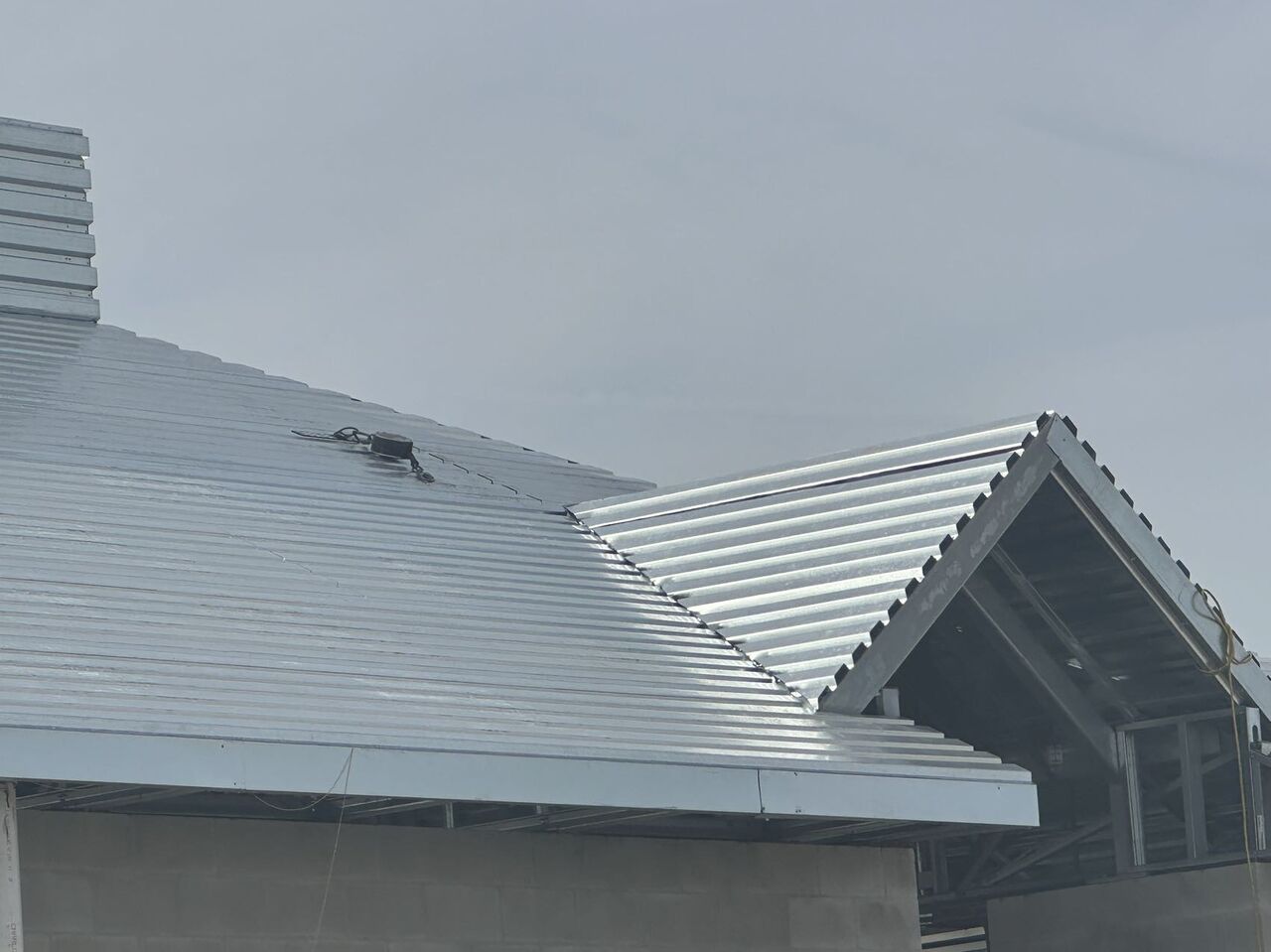
Posted on Thursday, January 4, 2024
B Deck is a common choice, there are other types of steel roof decks, such as A Deck, F Deck, and N Deck
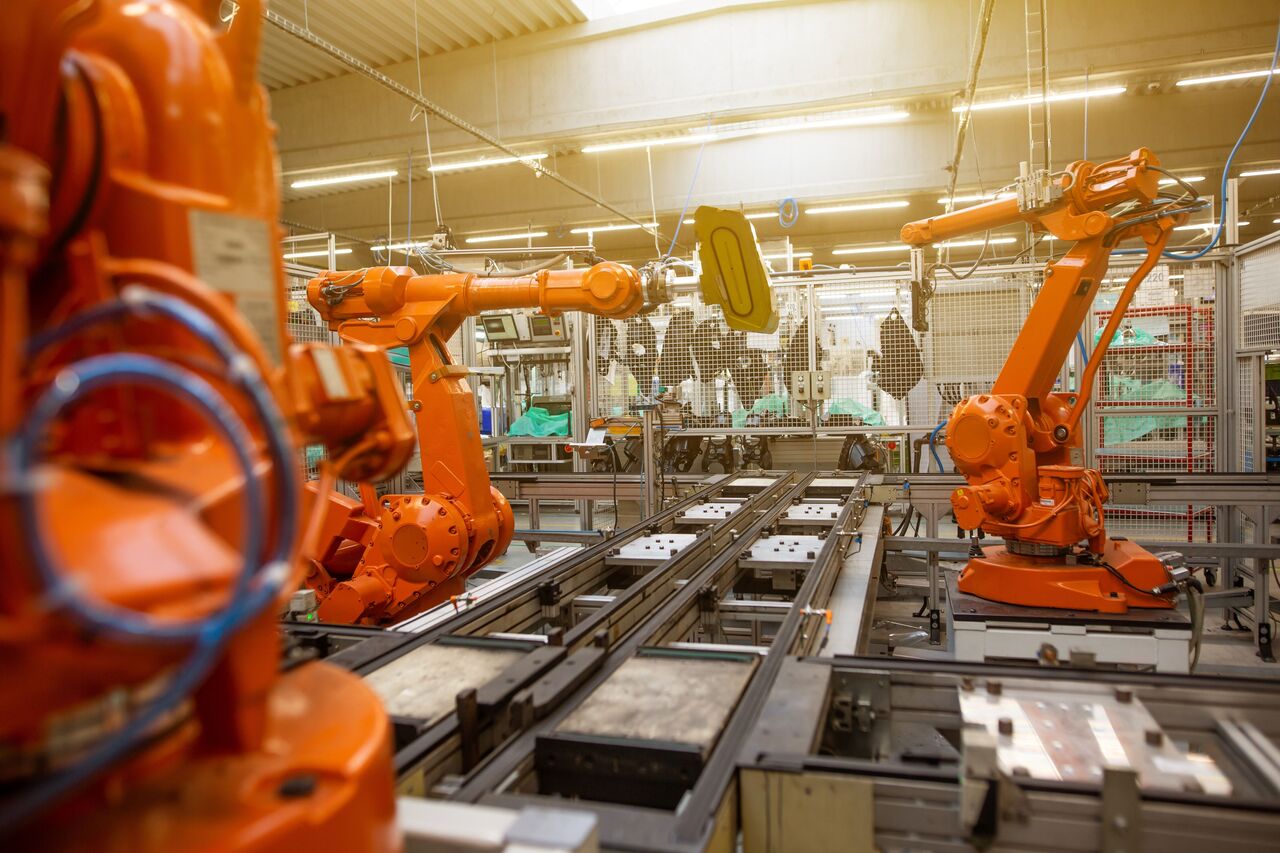
Robotics and AI in sheet metal forming
Posted on Thursday, December 7, 2023
Robotics and AI in sheet metal forming offers numerous benefits, including increased efficiency, improved product quality
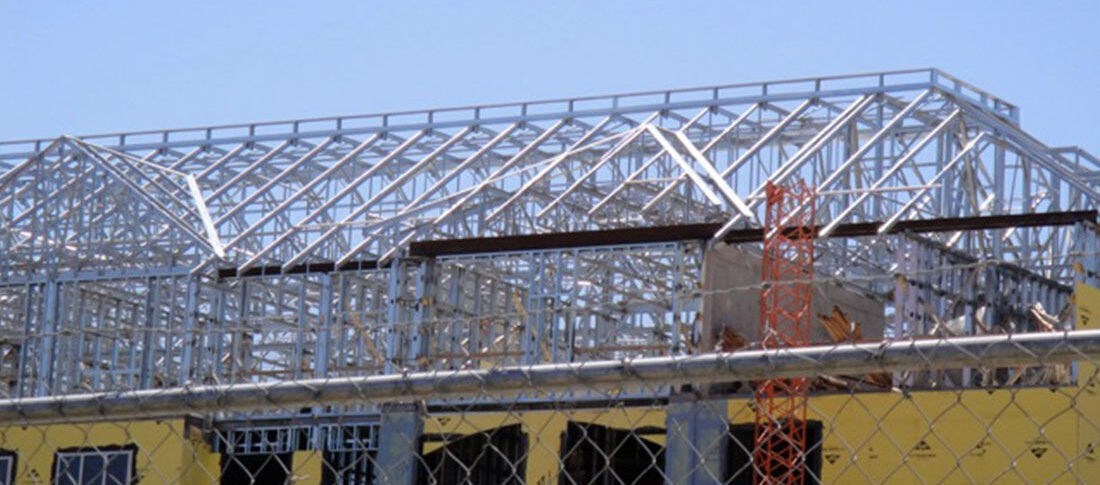
What is the history of roll forming machine?
Posted on Tuesday, November 28, 2023
Here is a brief history of the roll forming machine
